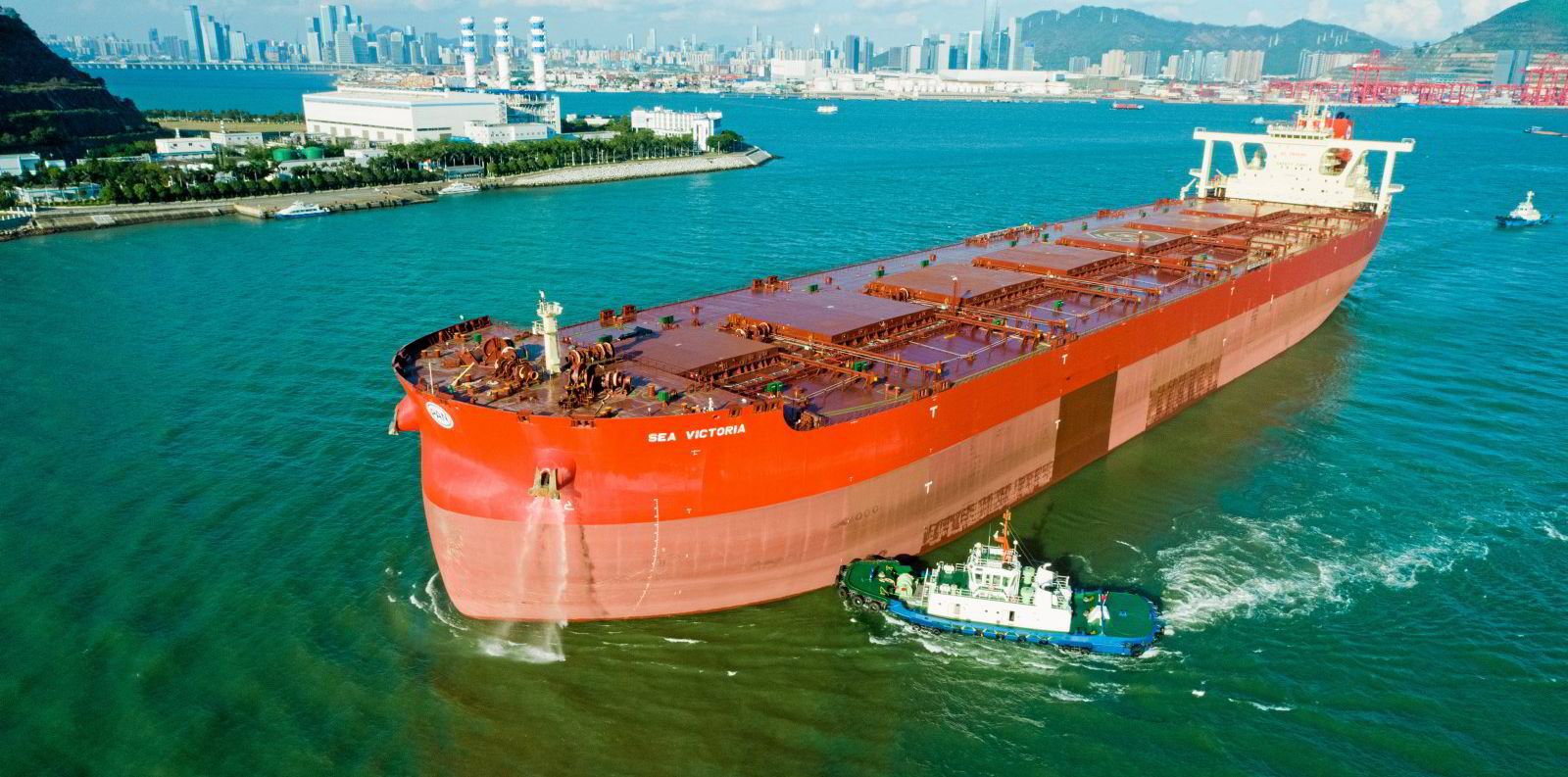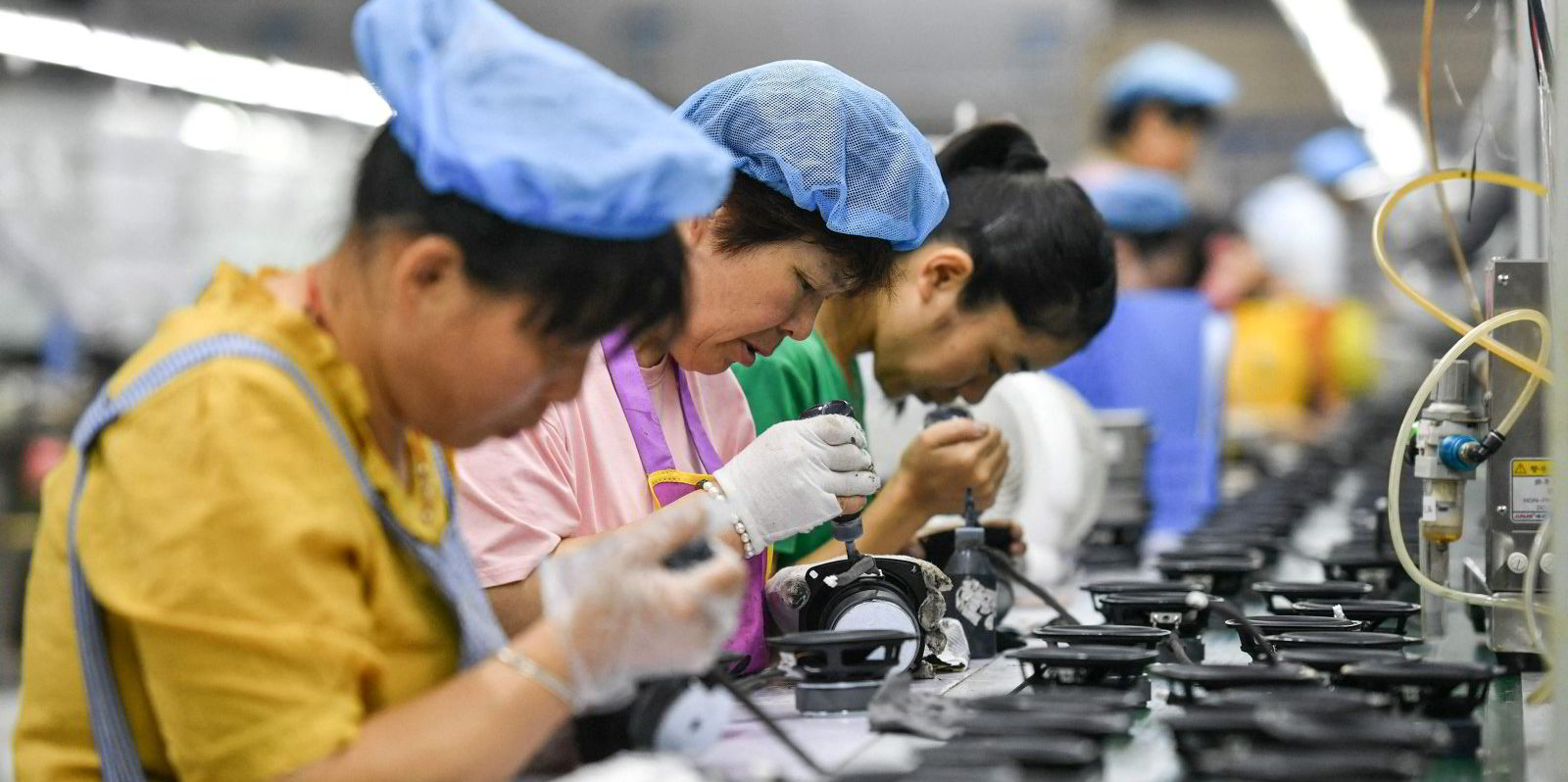India continues to emerge as an increasingly important market for iron ore exports as China’s demand continues to plateau.
Australian mining giant BHP described the India as a “continued bright spot”, with steel production rising by about 12% to 140m tonnes in 2023.
“That is a 40% increase since the beginning of the decade,” the world’s second-largest iron ore producer said on Tuesday during its interim results.
“In 2024, we expect another year of strong growth as construction demand remains robust. Medium-term, we note that the Indian government is targeting 300m tonnes per annum of steel-making capacity by 2030,” BHP said.
“India has considerable positive momentum behind it,” the company added.
On the overall market for iron ore, BHP said conditions improved in 2023 with a broadly balanced market overall, notwithstanding volatility in pricing within the year.
The miner said demand for commodities in the developed world had been soft over the past 12 months due to anti-inflationary policies and the lagged impacts of the energy crisis.
“We believe that the lag effect of higher interest rates will continue to restrain household consumption in the developed world in the first half of 2024, but we expect that steel, copper and nickel demand will all be modestly firmer across the OECD in the coming 12 months,” BHP said.
In China, steel production in 2023 was resilient at high levels with the country producing more than 1bn tonnes of steel for the fifth consecutive year.
“Weakness in the real estate sector was more than offset by healthy growth in infrastructure, machinery and autos, as well as net steel exports reaching a seven-year high,” BHP said.
“In 2024, we expect modest growth in steel production in line with our long-held view that China’s steel production would sit at a plateau in the 1bn to 1.1bn tonnes per annum range in the first half of the 2020s.”
BHP said that throughout the year, authorities have acknowledged that additional policies will be needed to support China’s economic recovery.
“How effectively China’s stimulus policy is implemented, especially with regards to real estate, and how the government chooses to regulate steel production, are both swing factors in 2024,” the miner said.
“Until we see greater coherence between the policies and their effective implementation, our outlook will remain cautious and conditional.”
In the medium term, BHP said China’s demand for iron ore is expected to be lower than it is today as it moves beyond its crude steel production plateau and the scrap-to-steel ratio rises, although it expects demand for its products from elsewhere in developing Asia to offset this to a degree.





